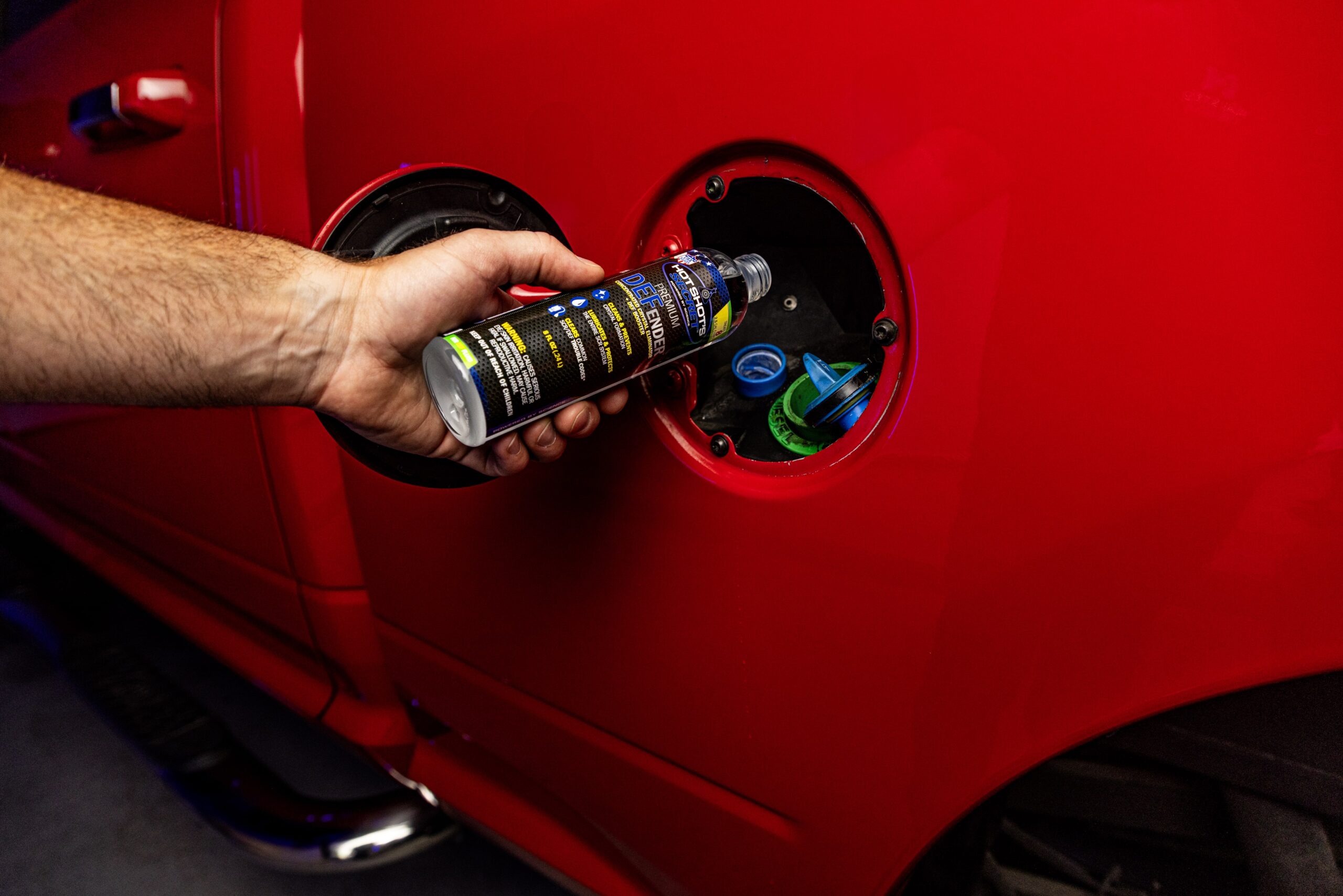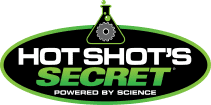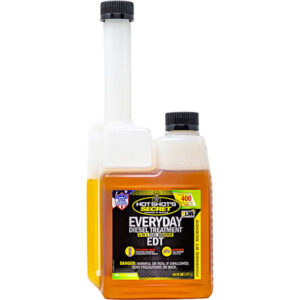
Diesel exhaust fluid (DEF) limp mode in a diesel engine is a safety feature designed to protect the system from harm and restrict emissions when critical emissions systems malfunction. It operates by limiting the engine’s operation. If you continue to drive the vehicle in limp mode long-term, you may exacerbate existing damage or find that your diesel refuses to start after you switch off the engine.
While it’s a critical feature, sudden selective catalytic reduction (SCR) system power loss can leave drivers stranded or limit their potential performance. This article will discuss limp mode triggers, how to avoid them and the EPA’s new guidance.
Limp Mode Causes in a Diesel SCR System
Many problems may cause a diesel engine to enter limp mode, with some being relatively harmless and easy to fix, while others are more serious. Examples include:
- Low fluid levels: The sensors may activate limp mode when your DEF runs low.
- Contaminated fluid: Contaminated or degraded DEF affects your system as an empty tank.
- DEF crystallization: Under certain conditions, DEF may crystallize, leading to clogged lines and injectors, which reduce system efficiency.
- Sensor malfunctions: Your DEF and SCR systems have several sensors, any of which may malfunction and cause limp mode.
- Inefficient SCR system: If your SCR system has failing components, it will send warning signals that may cause limp mode.
- Software-powered deration: Current software systems are designed to derate engine power when not meeting EPA emission standards.
How Limp Mode Manifests in Real-World Use
Limp mode may be a valuable protective mechanism, but how does it affect your driving experience?
The main impact is that it causes a sudden reduction in engine power and reduces vehicle speeds. Limp mode may reduce the vehicle’s functionality to a maximum of 5 mph, with the new guidance finally limiting speed to 25mph.
Generally, this derated power goes with dashboard alerts like the check engine light or a fault code like P20EE or P207F.
The engine will gradually lose power if the car remains in limp mode. It can finally progress to very limited power or low speeds.
New EPA Guidance on Stronger, Smarter Limp Mode Protections
The EPA has recently acknowledged that old limp mode systems are unsustainable and may cause severe damage. The EPA’s DEF limp mode guidance advises manufacturers to implement an eased inducement strategy that doesn’t deliver severe power drops without adequate warning.
The DEF derate regulation for 2027 onwards requires all on-road diesel trucks manufactured to implement a three-phase reaction to DEF-related problems. While there may be some differentiation between vehicle types, we’ll discuss the clearly defined phases for heavy-duty diesel trucks below.
Phase One
The first phase of SCR inducement gives drivers a grace period of up to 650 miles or 10 hours before implementing a 15% torque reduction.
Phase Two
After around 4,200 miles or 80 hours from fault detection, the torque reduction increases to 30%.
Phase Three
The final phase begins after 4,200 miles and extends to 160 hours or 8,400 miles from fault confirmation before limiting the truck’s speed to 25 mph.
Changes to Existing Infrastructure
As part of their advisory, the EPA encouraged manufacturers to implement software updates to existing vehicles. These updates require no additional approval and will help apply smoother derate protocols.
These changes to existing systems and future manufacturing are set to save small businesses and family farms a predicted $727 million annually by eliminating unexpected power loss and reducing SCR-related downtime.
How to Prevent or Manage Limp Mode
When protecting your vehicle from the dreaded limp mode, you can take the following preventive measures.
Keep DEF Levels High and Use Quality DEF
One of the most pivotal aspects of maintaining your SCR system and avoiding limp mode is keeping the DEF tank filled and using only high-quality DEF. Always store your DEF properly, and never use stale, contaminated or crystallized fluid.
Rely on DEF Additives
Using a high-quality DEF additive like Hot Shot’s Secret Premium DEFender™ helps to keep your DEF system in working condition by dissolving crystallization, preventing future crystal formation and maintaining system flow.
Address SCR and DEF Warning Lights Promptly
Your vehicle’s SCR system will display a warning light if it encounters an error. Don’t wait for limp mode to kick in — identify and resolve the root cause immediately.
Routine Maintenance and Component Checks
As with any vehicle system, the DEF and SCR systems require regular maintenance. Keep the system running smoothly by taking your vehicle for regular services, performing routine maintenance as needed, and checking the injectors frequently to ensure proper spray patterns.
Keep Software Updated
Your vehicle’s original equipment manufacturer (OEM) may release regular updates. To keep your SCR system running optimally, you must track software updates and have them installed at an affiliated dealership. This tip is especially true for software updates related to the EPA’s new derate guidance.
How Premium DEFender™ Protects Against Limp Mode
Hot Shot’s Secret Premium DEFender™ is a valuable ally in the fight against limp mode, serving this purpose in multiple ways, including:
- The product dissolves the urea crystal buildup systemwide, allowing uninhibited flow through injectors and lines while keeping tanks and sensors clear.
- Premium DEFender™ prevents new crystal formation to ensure consistent DEF delivery and correct doses.
- It minimizes and eliminates potential fault triggers to reduce the risk of limp mode or similar problems.
You have nothing to lose by trying this revolutionary product. It’s easy to use — when refilling the DEF tank, add 1 ounce for every 2.5 gallons of DEF.
FAQs on Limp Mode and EPA Changes
Can you override limp mode?
You can sometimes temporarily override limp mode by restarting the vehicle and refilling the DEF tank. However, you cannot permanently bypass this vehicle feature. It’s illegal to tamper with or bypass your vehicle’s emission system in any other way.
Will the new EPA rules let trucks run without DEF indefinitely?
No, the new guidance will not allow trucks to run indefinitely. Instead, they grant a “grace period” or staged implementation of between 80 and 200 hours or up to 10,500 miles, depending on the model and type of vehicle. This grace period allows drivers and owners to get the car to a safe repair location before the final speed limit activates.
How do I know if my vehicle has received the updated software?
While you can generalize and make assumptions based on your vehicle’s make, model, and year, the most reliable way to determine this is to contact the manufacturer or visit a dealership. They’ll be able to tell you whether an update is available and whether it’s installed on your vehicle’s system.
Will using Premium DEFender™ delay limp mode or reduce the need for repairs?
It depends on the underlying cause of the limp mode status. If your vehicle enters limp mode due to crystallization, Premium DEFender™ can eliminate the problem. However, if the reason is a significant physical or electrical fault, the product may not solve the problem alone.
Improve DEF Performance and Avoid Limp Mode With Premium DEFender™
While limp mode is a critical failsafe, protecting your vehicle against potential engine damage and excessive emissions, this kind of SCR system power loss can be devastating. Even with the new EPA limp mode rules, you can avoid these issues and prevent limp mode for your diesel truck if you practice good management.
Practicing regular DEF maintenance and staying aware of regulatory updates will help keep your truck running smoothly. Discover the power of Hot Shot’s Secret Premium DEFender™, which can help keep you moving and protect your engine against common causes of DEF problems and limp mode.




